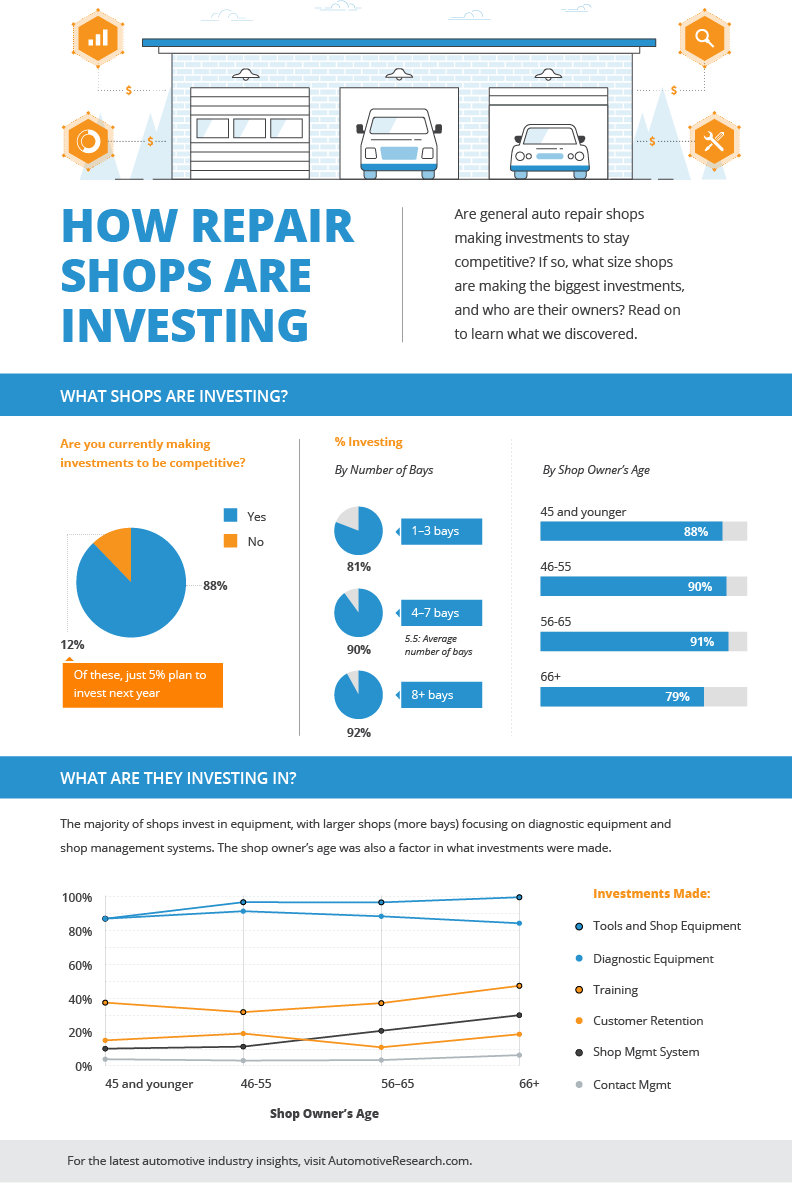Analyzing Your Automobile'S Caution Indicators: What They Really Convey
Analyzing Your Automobile'S Caution Indicators: What They Really Convey
Blog Article
Content Author-Higgins Kejser
When you're behind the wheel, those radiant caution lights on your control panel can be a bit difficult. Do you understand what they're attempting to tell you concerning your vehicle's wellness? Understanding the significance of these lights is important for your safety and the longevity of your car. So, the next time among those lights appears, would not you intend to analyze its message accurately and take the necessary actions to resolve it?
Common Warning Lights and Interpretations
Identify common caution lights in your cars and truck and understand their significances to make sure risk-free driving.
The most typical warning lights consist of the check engine light, which signals problems with the engine or emissions system. If this light comes on, it's critical to have your automobile inspected immediately.
The oil stress advising light suggests low oil stress, requiring prompt attention to avoid engine damage.
A flashing battery light may suggest a defective charging system, potentially leaving you stranded otherwise dealt with.
The tire pressure tracking system (TPMS) light notifies you to low tire stress, influencing automobile security and gas efficiency. Disregarding this can result in harmful driving conditions.
The abdominal muscle light suggests an issue with the anti-lock stopping system, jeopardizing your capability to stop swiftly in emergency situations.
Lastly, read article advising light warns of engine overheating, which can cause severe damage if not resolved swiftly.
Comprehending these typical caution lights will assist you resolve concerns promptly and preserve risk-free driving problems.
Relevance of Prompt Attention
Understanding the usual caution lights in your car is only the first step; the importance of promptly dealing with these cautions can not be highlighted sufficient to guarantee your safety and security when traveling.
When a warning light brightens on your control panel, it's your car's means of connecting a potential concern that requires focus. Disregarding these warnings can cause more extreme issues down the road, jeopardizing your security and potentially costing you extra out of commission.
Trigger attention to warning lights can prevent break downs and accidents. As an example, a blinking check engine light can suggest a misfire that, if left unattended, might trigger damages to the catalytic converter. Addressing this promptly can save you from an expensive repair.
In a similar way, a brake system advising light could signify reduced brake liquid or used brake pads, essential components for your security when driving.
Do It Yourself Troubleshooting Tips
If you discover a caution light on your control panel, there are a few DIY repairing suggestions you can try prior to seeking expert assistance.
The primary step is to consult your auto's manual to comprehend what the particular warning light indicates. Often the issue can be as straightforward as a loose gas cap causing the check engine light. Tightening https://air-lift-performance-kits52739.webbuzzfeed.com/30737469/suggestions-on-just-how-to-select-a-legitimate-vehicle-repair-center-in-your-location might solve the issue.
car buff is a reduced battery, which can activate different cautioning lights. Inspecting interior cleaning for corrosion and ensuring they're safe and secure might deal with the trouble.
If a warning light continues, you can try resetting it by separating the cars and truck's battery for a few minutes and then reconnecting it. Furthermore, checking your car's fluid levels, such as oil, coolant, and brake fluid, can help fix warning lights associated with these systems.
Final thought
To conclude, understanding your car's warning lights is crucial for maintaining your automobile running efficiently and securely. By promptly dealing with these notifies and knowing what they indicate, you can stay clear of costly repairs and potential malfunctions.
Bear in mind to consult your car's guidebook for particular information on each advising light and act appropriately to make certain a trouble-free driving experience.
Keep educated, remain safe on the road!
